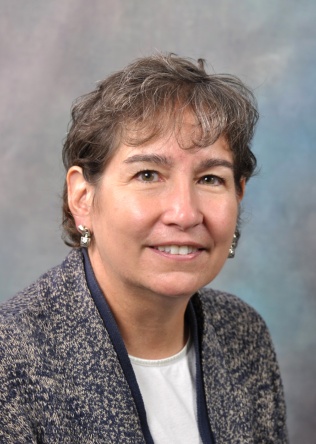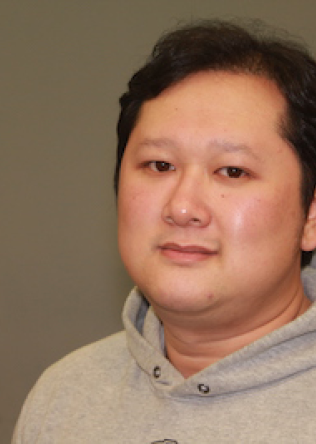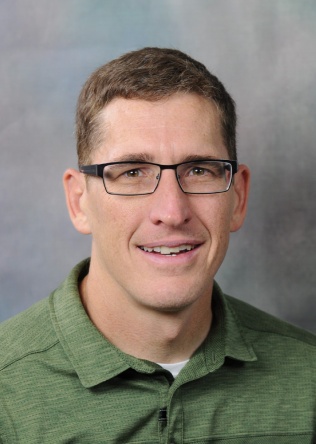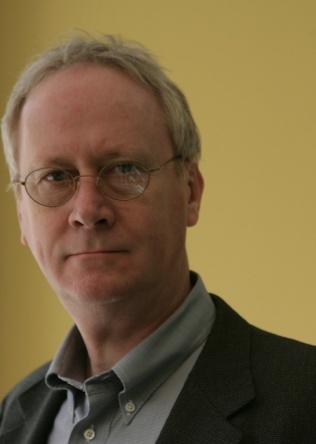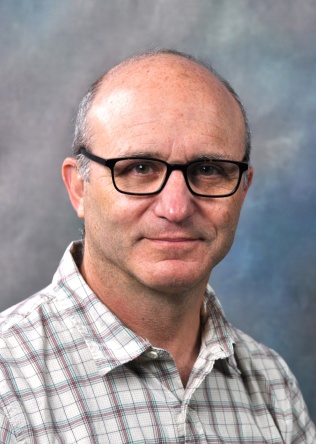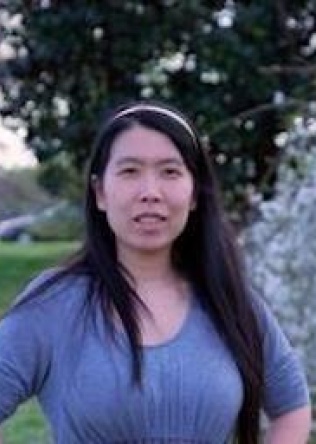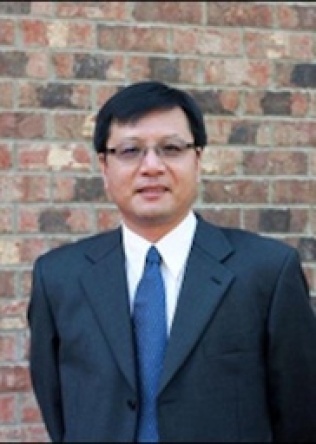James
Oliver
McIntyre
Ph.D
Radiology & Radiological Sciences
McIntyre, J.O., Scherer, R.L., and Matrisian, L.M. 2010. Near Infrared Optical Proteolytic Beacons for In Vivo Imaging of Matrix Metalloproteinase Activity. Methods in Molecular Biology 622:279-304. (PMID: 20135290).
Guo, N., Xie, J., Manning, H.C., Deane, N.G., Ansari, M.S., Coffey, R.J., Gore, J., Price, R.R., Baldwin, R.M., and McIntyre, J.O. 2010. A Novel In Vitro Assay to Assess Phosphorylation of 3�?��?ª-Deoxy-3�?��?ª- [18F]- Fluorothymidine. Mol. Imaging Biol. (Epub, June 8) (PMID:20532643).
McIntyre, J.O., and Matrisian, L.M. 2009. Optical Proteolytic Beacons for In Vivo Detection of Matrix Metalloproteinase Activity. Methods Mol. Biol. 539:155-174. (PMID: 19377965).
Scherer, R. L., VanSaun, M. N., McIntyre, J. O., and Matrisian, L.M. 2008. Optical Imaging of Matrix Metalloproteinase-7 Activity in Vivo using a Proteolytic Nanobeacon. Mol. Imaging 7:118-131. (PMID: 19123982).
Lepage, M., Dow, W.C., Melchior, M., You, Y., Fingleton, B., Quarles, C.C., P�?©pin, C., Gore, J.C., Matrisian, M., and McIntyre, J.O. 2007. Non-invasive Detection of Matrix Metalloproteinase Activity In Vivo using a Novel MRI Contrast Agent with a Solubility Switch. Mol. Imaging 6:393-403. (PMID: 18053410).
oliver.mcintyre@vumc.org
My interest is primarily in translational research that aims at detecting cancer, delivering targeted therapy and monitoring anti-tumor drug efficacy. For this work, I am using a number of established mouse models of cancer to test a variety of customized activatable imaging and therapeutic agents including compounds delivered using dendrimeric scaffold nanomaterials (NDs)
We have developed 'proteolytic beacons' (PBs) that can be used to image the elevated activity of specific proteinases, such as the matrix metalloproteinases (MMPs) within the tumor microenvironment. Our developing library of PBs exhibits selectivity for different classes of MMPs. With various mouse models of colon, breast and lung cancers, we have demonstrated selective illumination of tumors by PBs using either optical (fluorescent) or MRI contrast. We are currently developing new types of PBs and are exploring uses of PBs in cancer and other diseases, e.g., for measuring proteinase activation associated with tumor growth and metastasis, for assessing early response of tumors to therapy and for imaging MMP activities in non-tumor pathologies such as inflammation and wound healing. Another endeavor is to adapt the beacon platform to generate dendrimeric nanomaterials (NDs) that not only interrogate tumors but also simultaneously target delivery of prodrugs. These kinds of prodrugs are designed to become active after proteolytic cleavage, e.g., in the microenvironment of tumors. Our novel bifunctional prodrug ND-PB therapeutic agents are being optimized to enhance targeted delivery of cytotoxic drugs to tumors so as improve therapeutic efficacy while reducing systemic toxicity.
